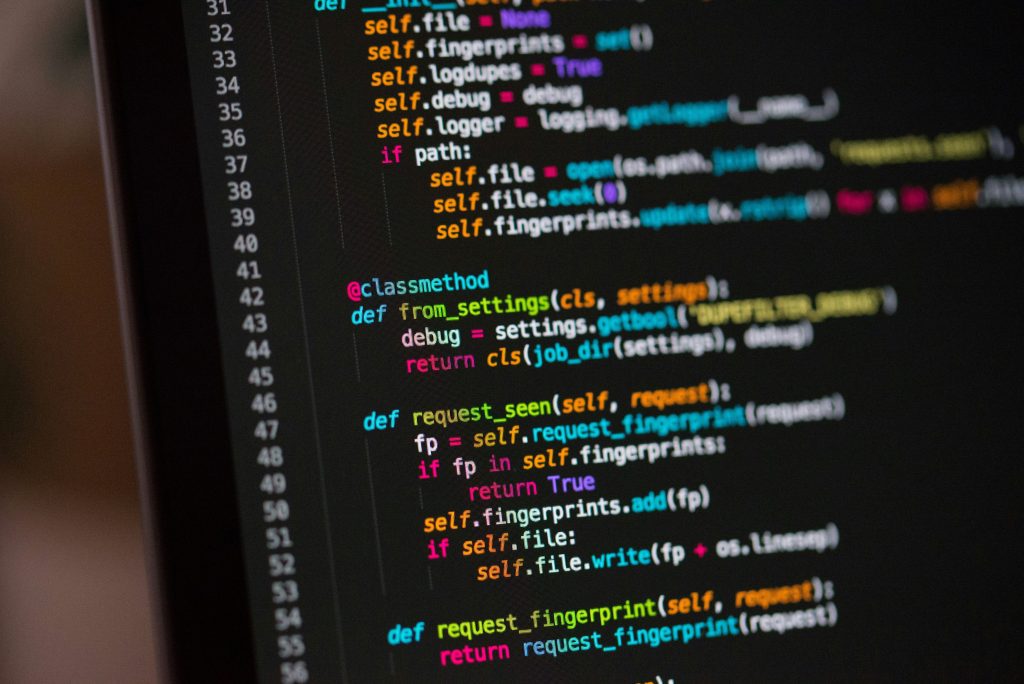Debugging is an essential skill for every JavaScript developer. Whether you’re a beginner or a seasoned developer, understanding how to approach and resolve errors in your code can be the difference between frustration and success. This article will dive into various methods and best practices for debugging JavaScript errors effectively. Let’s demystify the art of debugging!
What Is Debugging?
At its core, debugging is the process of identifying and fixing errors or “bugs” in your code. Errors can arise for various reasons, including typos, misused syntax, or even flawed logic. Debugging allows developers to understand why something went wrong and provides an opportunity to fix mistakes, ensuring the code runs as expected.
Common types of JavaScript errors include:
- Syntax Errors: Errors stemming from incorrect code structure (e.g., missing parentheses).
- Reference Errors: Occur when trying to access a variable that hasn’t been defined.
- Type Errors: Happen when an operation is performed on data of an unexpected type (e.g., calling a function on a string).
Step-by-Step Approach to Debugging in JavaScript
Follow these steps when debugging JavaScript errors to systematically diagnose and resolve the issue:
1. Understand the Error
The first step to solving any problem is understanding it. JavaScript errors often provide clear messages in the browser console or terminal logs. Pay attention to details, such as:
- The error message (e.g., “Uncaught TypeError: undefined is not a function”).
- The line number where the error occurred.
- The stack trace, which shows the chain of function calls that led to the error.
2. Console Logging
Adding console.log() statements to your code is one of the simplest and most effective debugging techniques.
For instance, if a variable isn’t behaving as expected, log its value to confirm:
let myVar = calculateValue();
console.log("Value of myVar:", myVar);
This helps you pinpoint whether the issue lies in the function itself or elsewhere in the code.
3. Use the Browser Developer Tools
Modern browsers, such as Chrome, Firefox, and Edge, come equipped with powerful developer tools to help you debug and analyze your JavaScript code. Here’s how to make the most of these tools:
- Open the console: Press F12 or Ctrl+Shift+I to access the “Console” tab, where you’ll find error messages, logs, and more.
- Set breakpoints: Navigate to the “Sources” tab, and click on the line number of your code to pause execution at specific points. This allows you to inspect variables and evaluate expressions during runtime.
- Step through code: Use controls like “Step Into” and “Step Over” to walk through your code one line at a time.
4. Check Application Logic
Ensure that the logic used in your application is correct. For example, if you expect your function to return a specific value but it’s not, double-check the logic inside the function. Try breaking the function into smaller parts and testing each individually for accuracy.
5. Validate Inputs
Many errors stem from unexpected input values. Before working with inputs, validate them to ensure they are of the right type and format:
function processInput(input) {
if (typeof input !== "number") {
throw new Error("Input must be a number");
}
return input * 2;
}
6. Use Debugging Tools and Extensions
Beyond the built-in browser tools, there are dedicated tools and extensions designed to streamline debugging:
- Node.js Debugger: If you’re working on a Node.js application, use its built-in debugging capabilities or run
node inspect. - Debugger Statement: Insert
debugger;into your code to pause its execution. This opens up debugging tools automatically. - Linting Tools: Tools like ESLint can help catch common errors before you even hit run.
Additional Debugging Tips
Here are some extra tips to make debugging smoother and more effective:
- Comment Out Code: Temporarily remove or comment sections of your code to isolate the problem area.
- Search Online: Chances are, someone has encountered the same error before. Don’t hesitate to search forums like StackOverflow for similar issues.
- Get a Fresh Perspective: If you’re stuck, take a break or have a colleague review your code. A new perspective often helps identify blind spots.
Final Words
Debugging is a skill that improves with practice. By paying attention to error messages, leveraging tools like browser developer tools and console logs, and validating application logic, you can tackle JavaScript errors effectively. Remember that mistakes are part of the learning process, and every bug you fix strengthens your coding skills.
Happy debugging! 🚀
